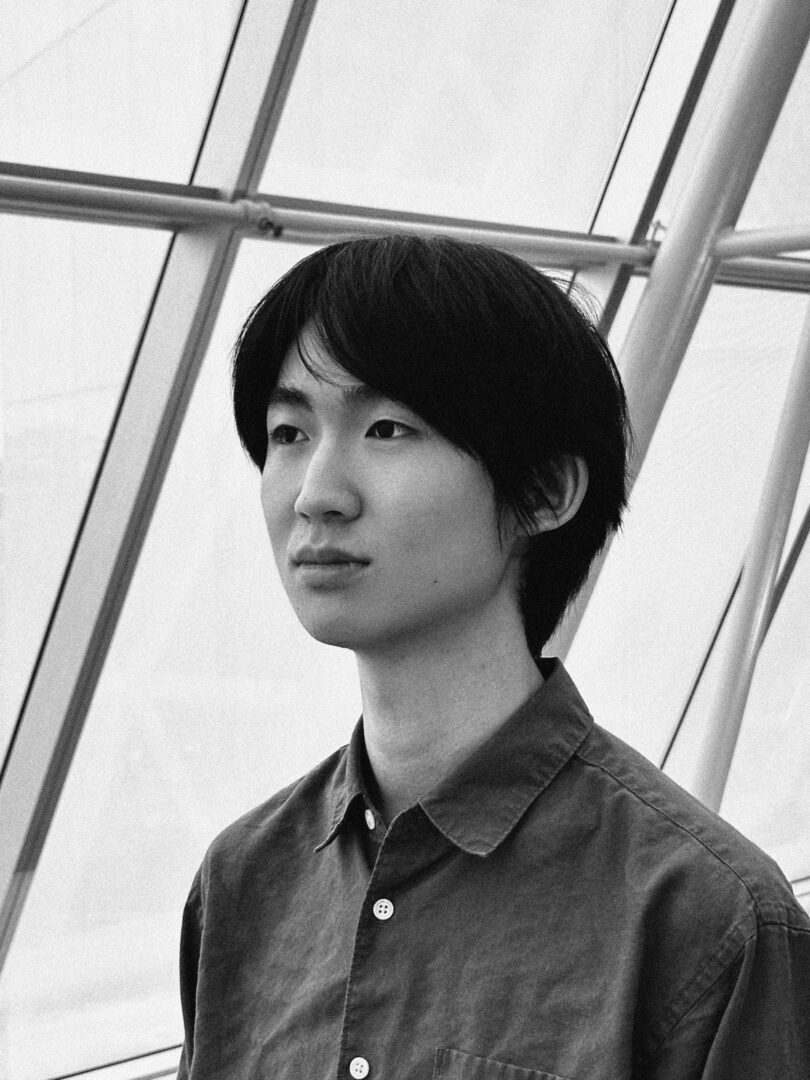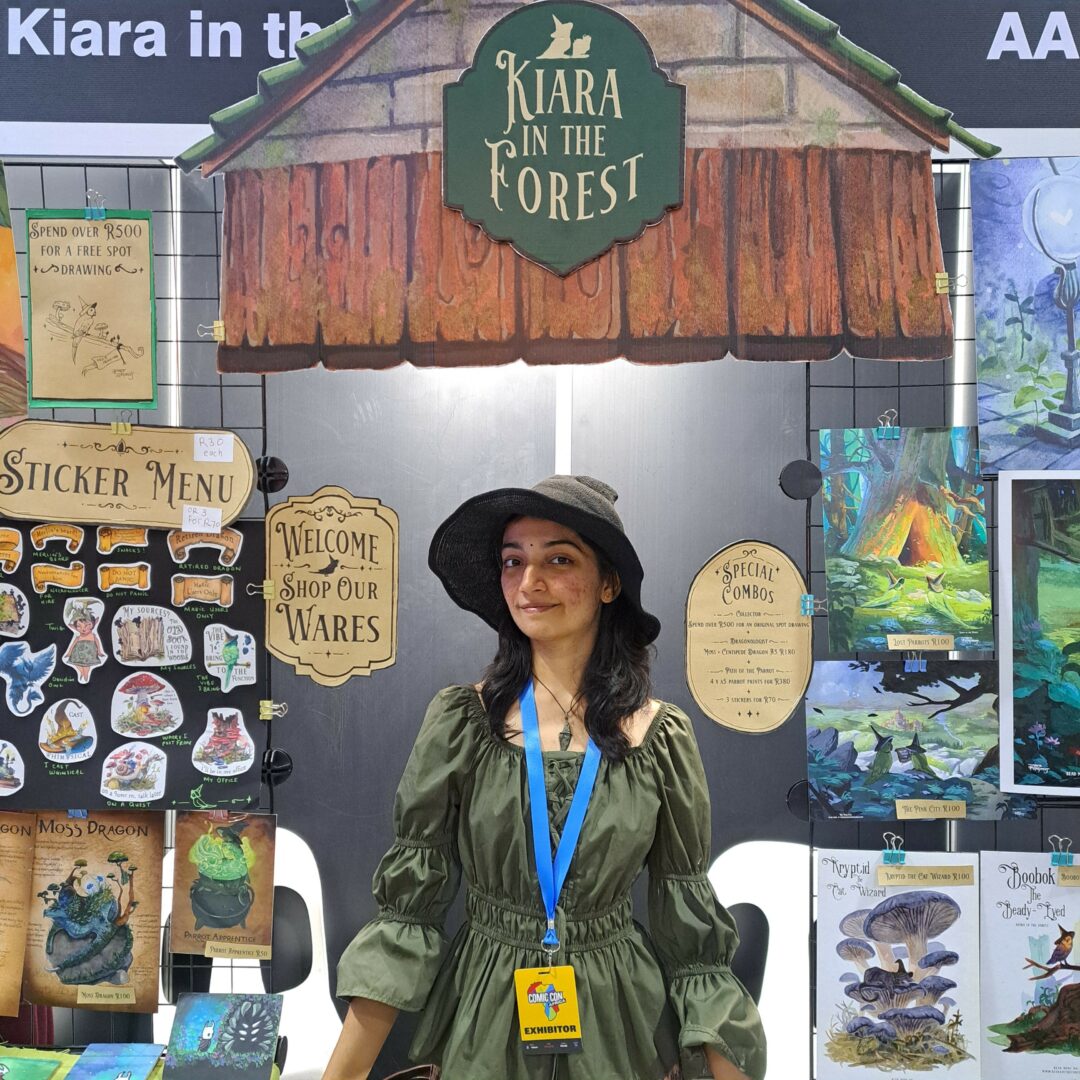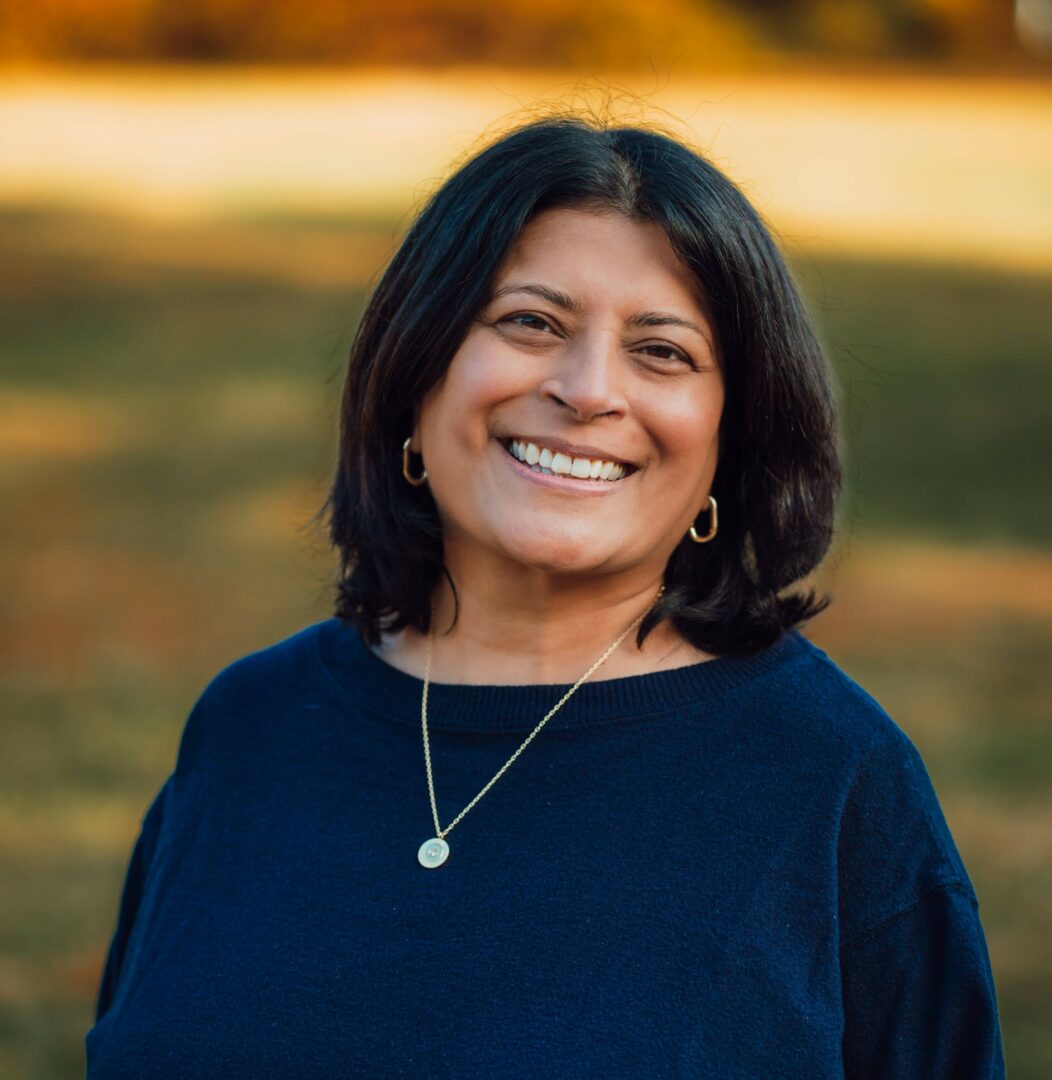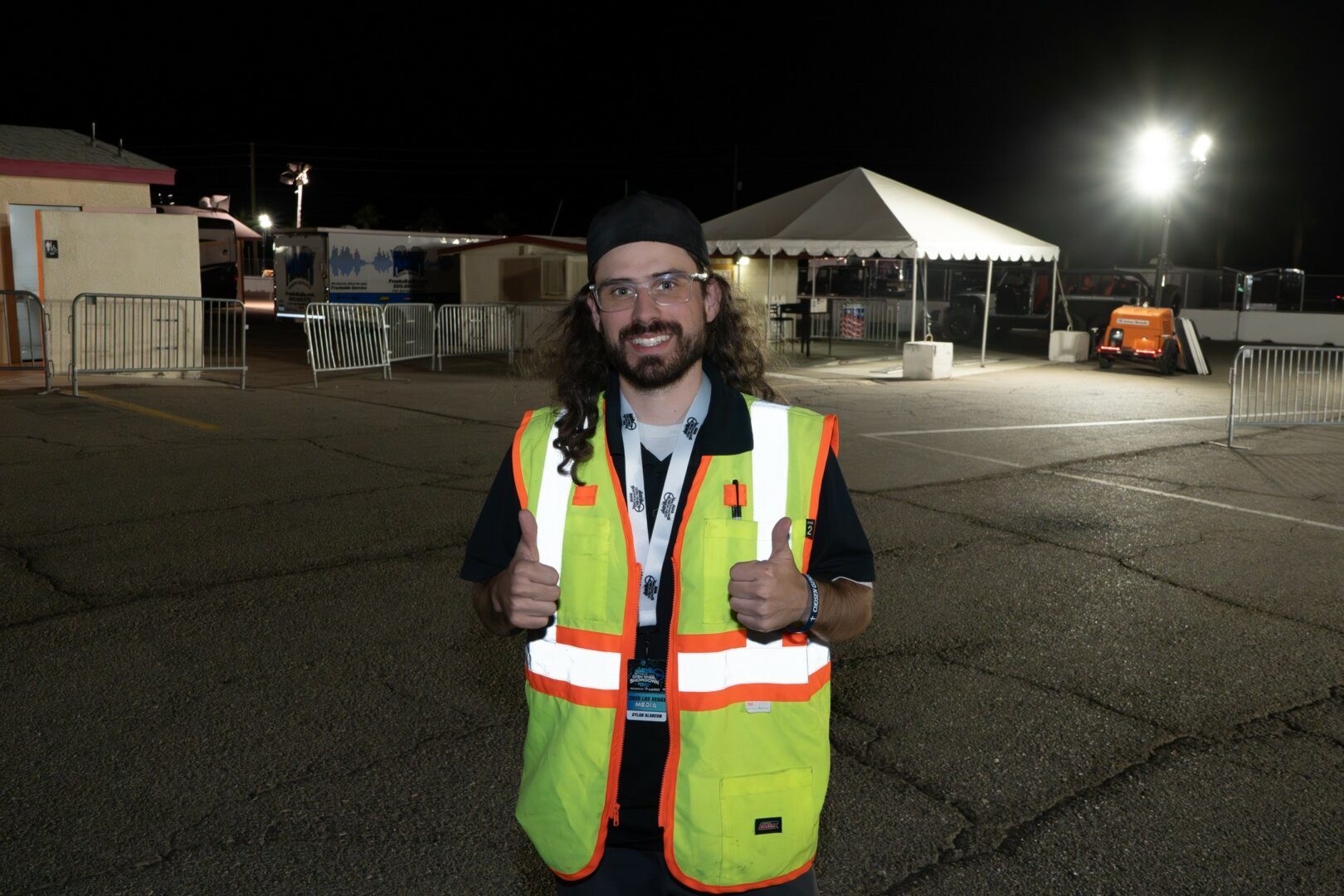We recently connected with Shengxuan Hu and have shared our conversation below.
Shengxuan, appreciate you making time for us and sharing your wisdom with the community. So many of us go through similar pain points throughout our journeys and so hearing about how others overcame obstacles can be helpful. One of those struggles is keeping creativity alive despite all the stresses, challenges and problems we might be dealing with. How do you keep your creativity alive?
My identity and cultural background provide me with abundant creative inspiration. As a gay individual, I reflect on the existence and challenges faced by the LGBTQ+ community, approaching these issues from the perspective of someone within a sexual minority.
As a designer from Wuhan, China, I naturally view design through a cross-cultural lens. In my project Echoes, I delve into the influence of Taiwanese campus folk music on contemporary Asian culture, tracing its historical impact and cultural resonance in today’s society.
In addition to drawing inspiration from my identity, I also find immense creativity in nature. I have utilized motion capture technology to analyze animal movements and transform them into dynamic design works. In my Mysterious Islands project, I researched and designed brochures and posters highlighting some of the world’s lesser-known islands, encouraging audiences to rediscover the overlooked beauty of nature.
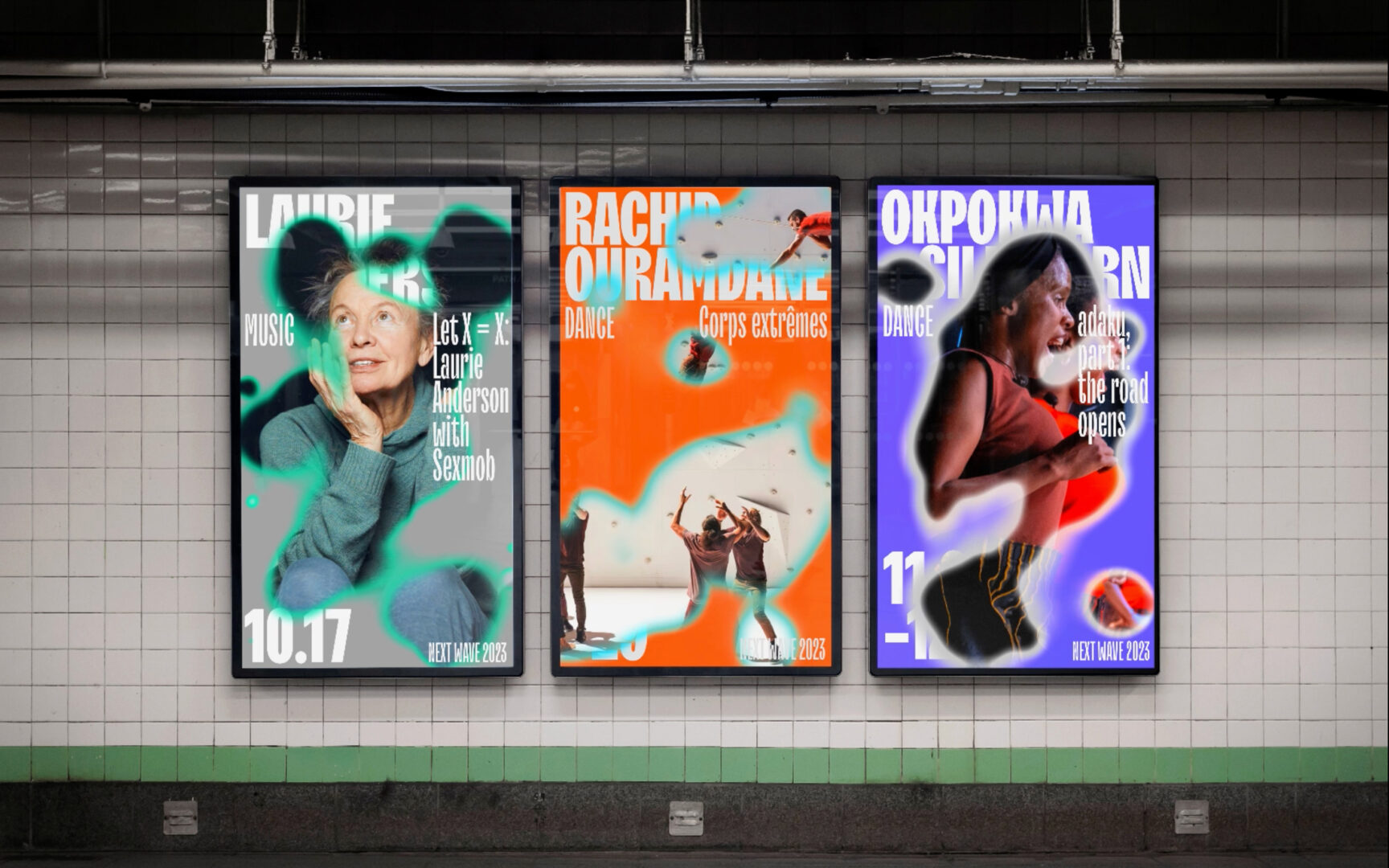
Let’s take a small detour – maybe you can share a bit about yourself before we dive back into some of the other questions we had for you?
As a graphic designer, my work revolves around storytelling and creating connections between identity, culture, and the natural world. I love exploring how design can be more than just a visual medium—it’s a way to challenge norms, ask questions, and imagine new possibilities.
What’s special about my work is its deeply personal yet universal perspective. Being part of the LGBTQ+ community informs much of what I create, especially in projects like Queer Arcadia, which rethinks the relationship between queer identity and ecology. For me, it’s exciting to use design to explore such complex intersections, combining experimental typography, speculative ideas, and narratives to build conceptual worlds that resonate with diverse audiences.
Another exciting part of my journey is my role as an educator. Working with students has taught me how vital collaboration and curiosity are to staying inspired. Their energy and perspectives often push me to think in new ways and keep my creativity alive.
As I move forward, I’m focusing on expanding the reach of my work through exhibitions and collaborations. I’m also continuing to explore the potential of design to connect people, spark conversations, and inspire new ways of seeing the world. For me, that’s the most rewarding part of what I do—designing not just for the present but for the possibilities of the future.
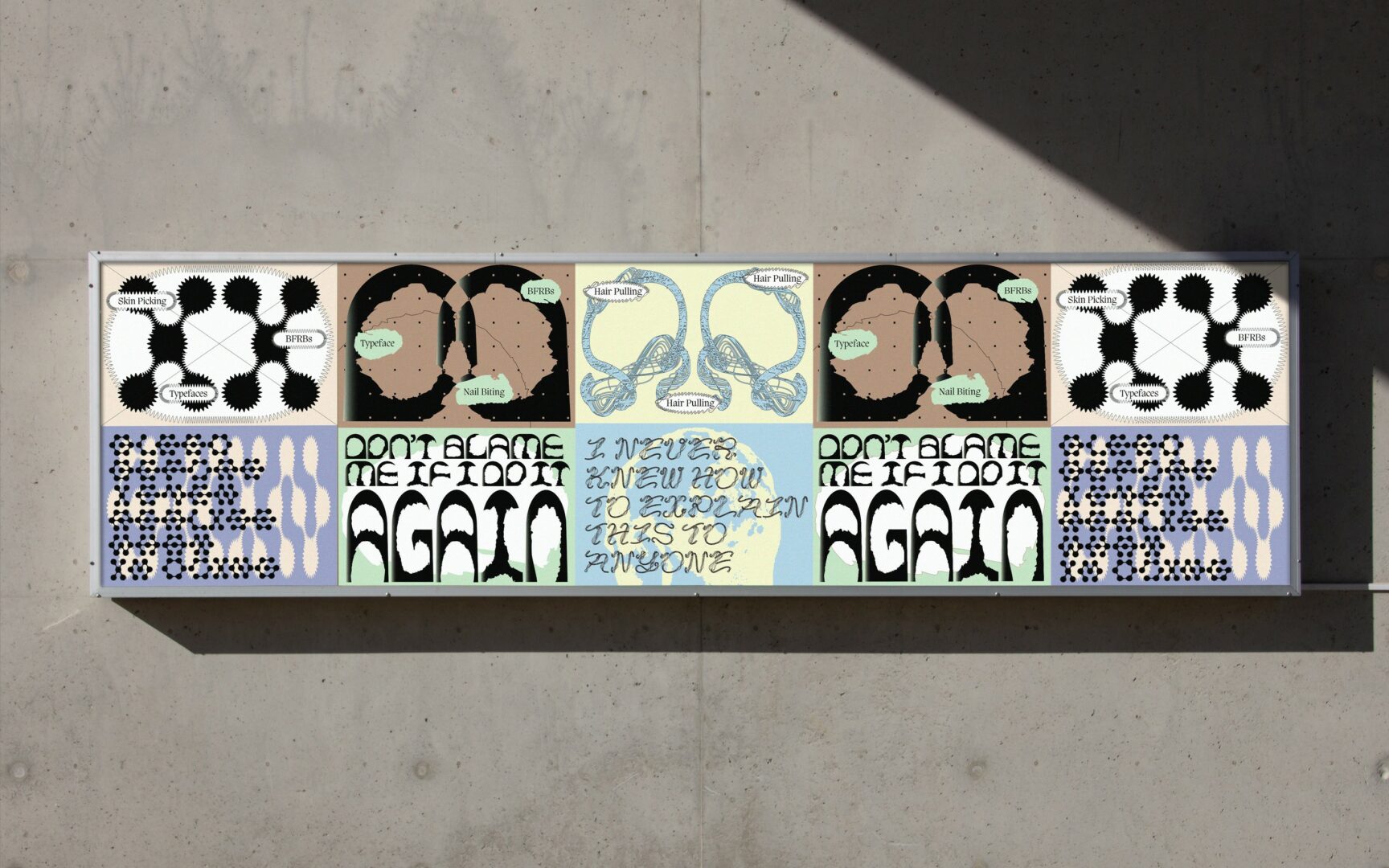
There is so much advice out there about all the different skills and qualities folks need to develop in order to succeed in today’s highly competitive environment and often it can feel overwhelming. So, if we had to break it down to just the three that matter most, which three skills or qualities would you focus on?
Looking back, three qualities have been most impactful in my journey: empathy, critical thinking, and cross-disciplinary exploration.
Empathy has been foundational to my work, allowing me to design projects and mentor students in ways that resonate deeply. By understanding diverse perspectives, I can create work that connects on a human level. For those starting out, I recommend listening to others’ stories and experiences—it will enrich both your work and your worldview.
Critical Thinking helps me approach design as more than just aesthetics. It’s about understanding the “why” behind every decision and using design as a tool for critique and storytelling. For beginners, I suggest studying design history, questioning conventions, and always looking for ways to create meaningful impact.
Cross-Disciplinary Exploration has opened up new creative possibilities. By blending fields like queer theory and motion design, I’ve been able to expand the boundaries of my practice. To develop this skill, step outside your comfort zone—explore new fields, collaborate with others, and stay curious.
Advice for Beginners:
Stay curious, take risks, and don’t be afraid to make mistakes—growth happens in the process. Most importantly, let your values and identity guide your work. Authenticity and persistence will always set you apart.
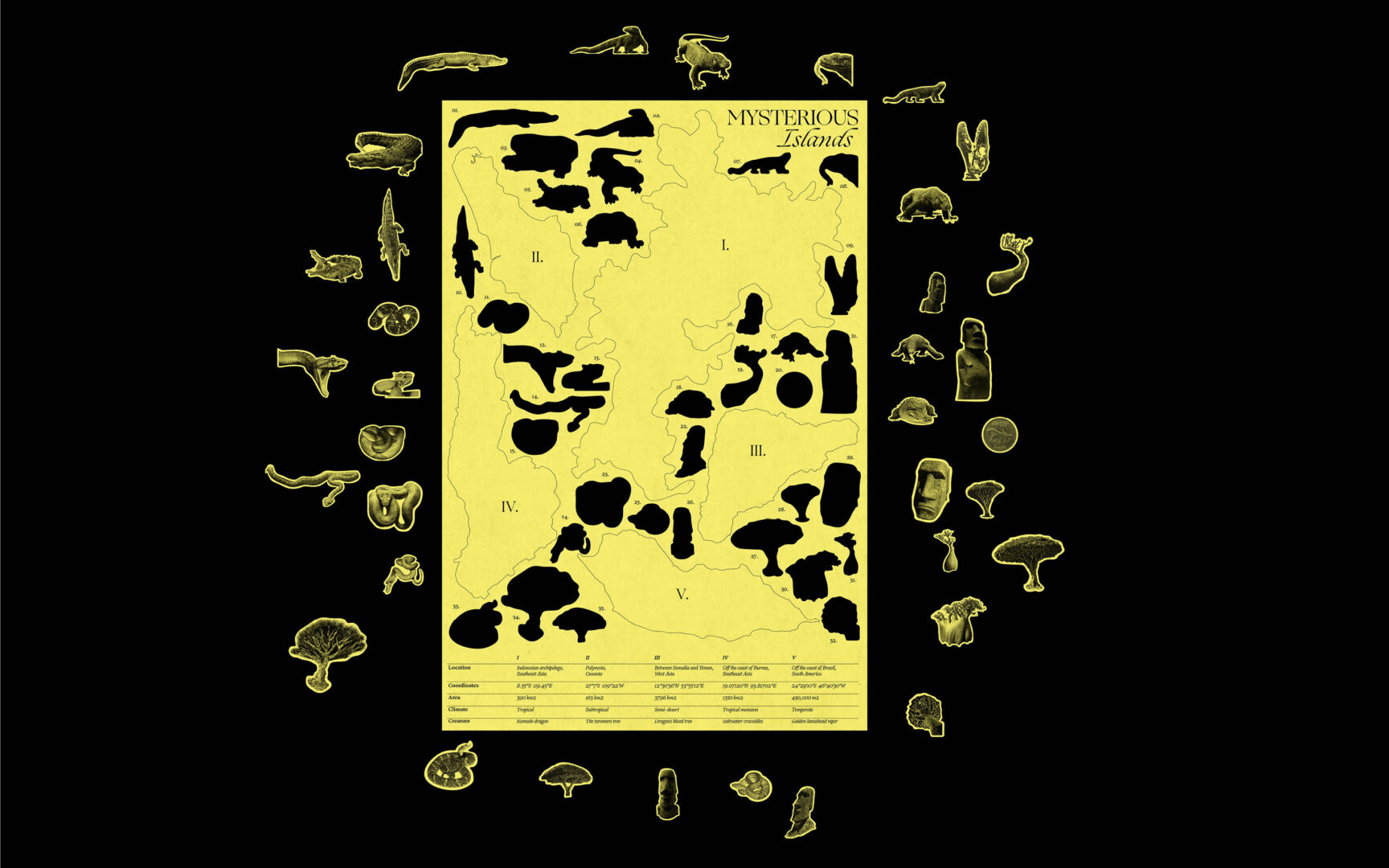
How would you spend the next decade if you somehow knew that it was your last?
I think every creator may face the pressure of running out of inspiration or feeling overwhelmed at some point. This pressure can stem from the expectations of clients or teachers, or even from their own high standards. I believe it’s essential for creators to give themselves the freedom to not be constantly creative and to embrace moments of lower creativity without guilt. It’s equally important to enjoy life—true inspiration often emerges from the unexpected details and quiet moments of everyday experiences.
Contact Info:
- Website: https://shengxuanhudesign.cargo.site/
- Instagram: https://www.instagram.com/roberthusx/?hl=en
- Linkedin: https://www.linkedin.com/in/shengxuan-hu-6802b3296
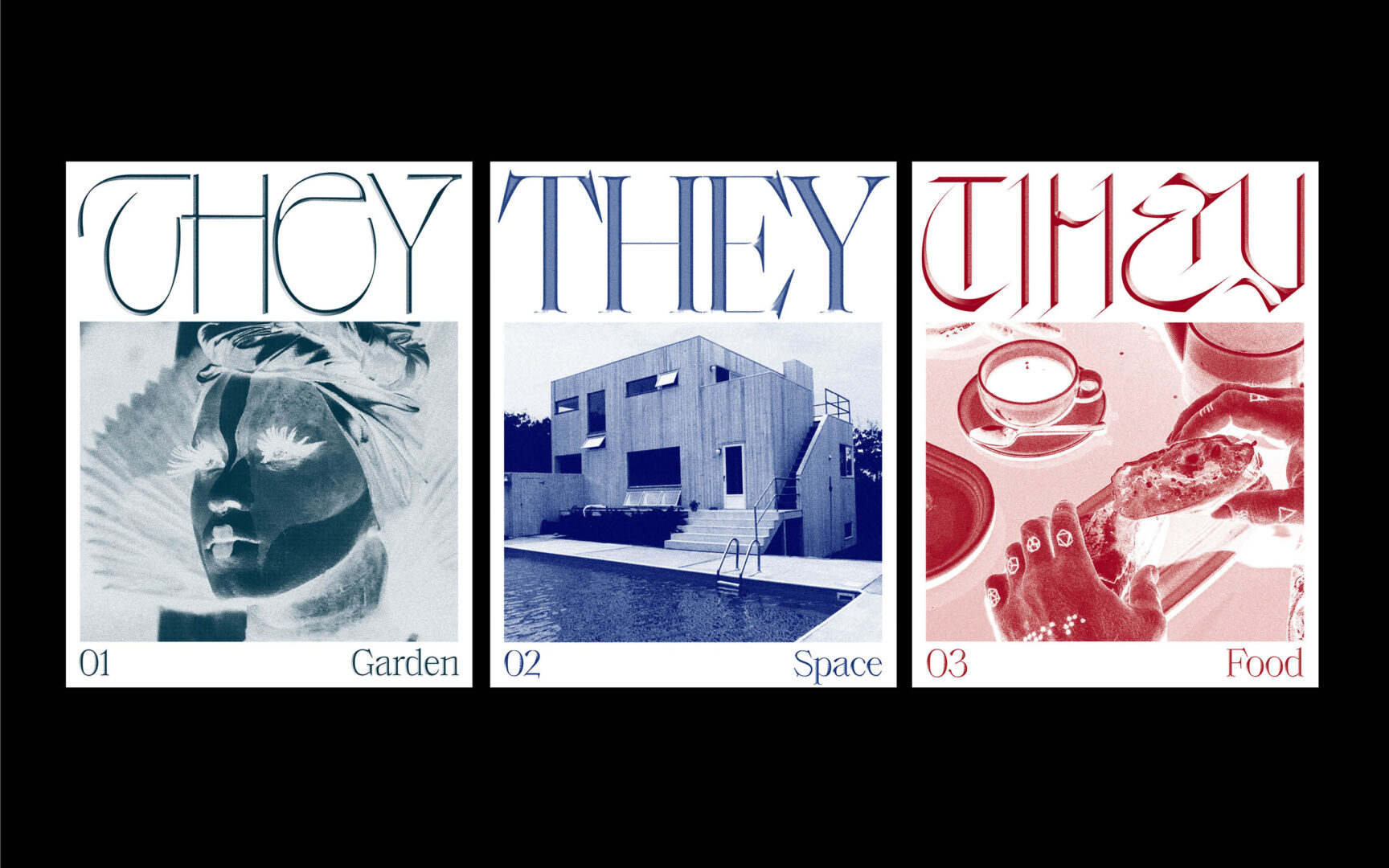
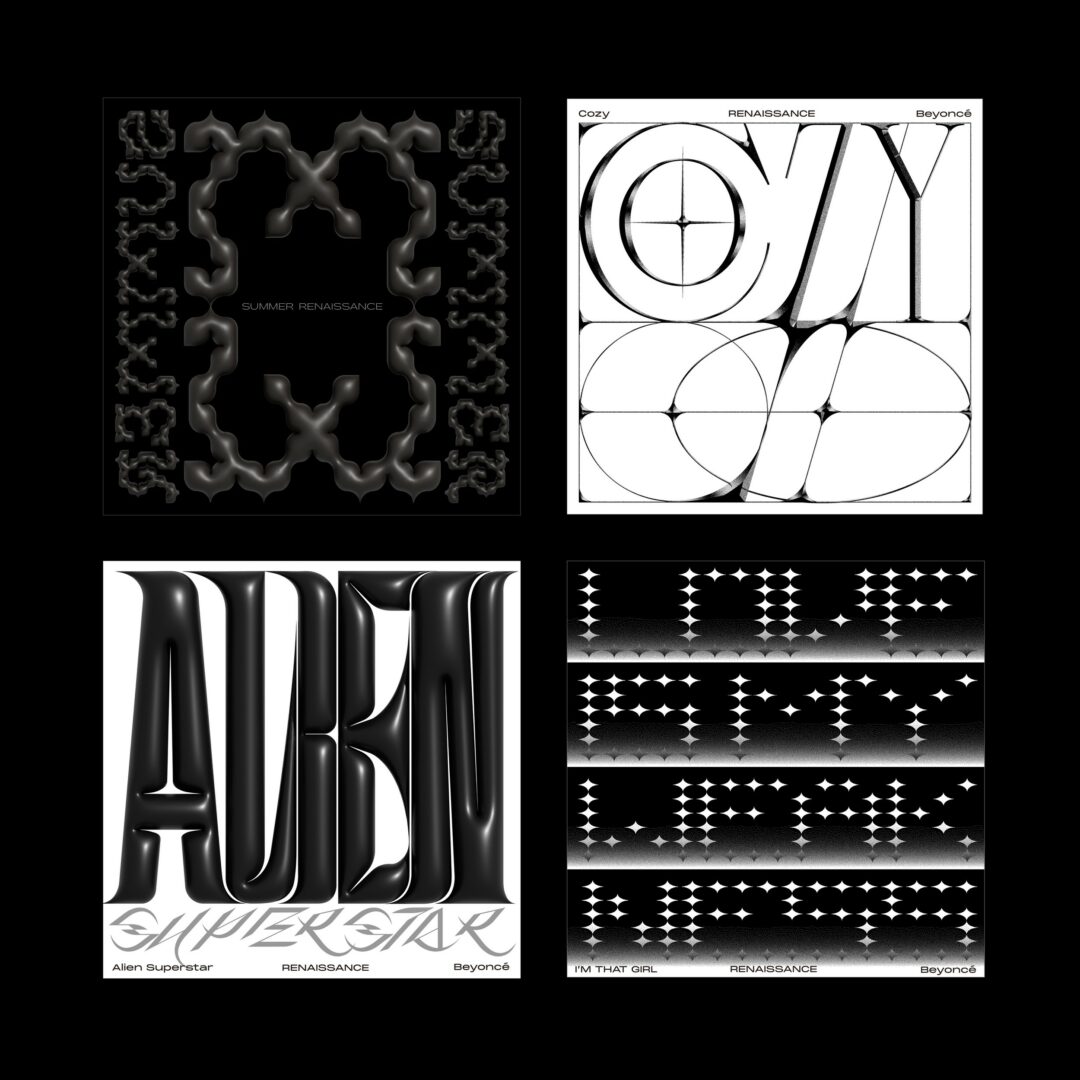
Image Credits
Shengxuan Hu
so if you or someone you know deserves recognition please let us know here.

